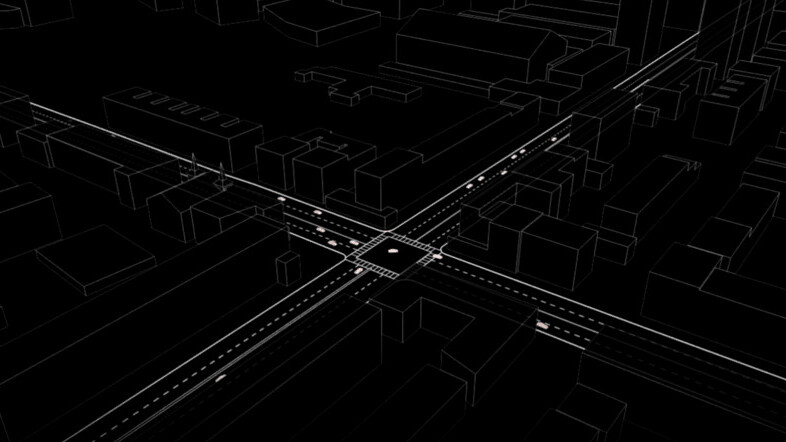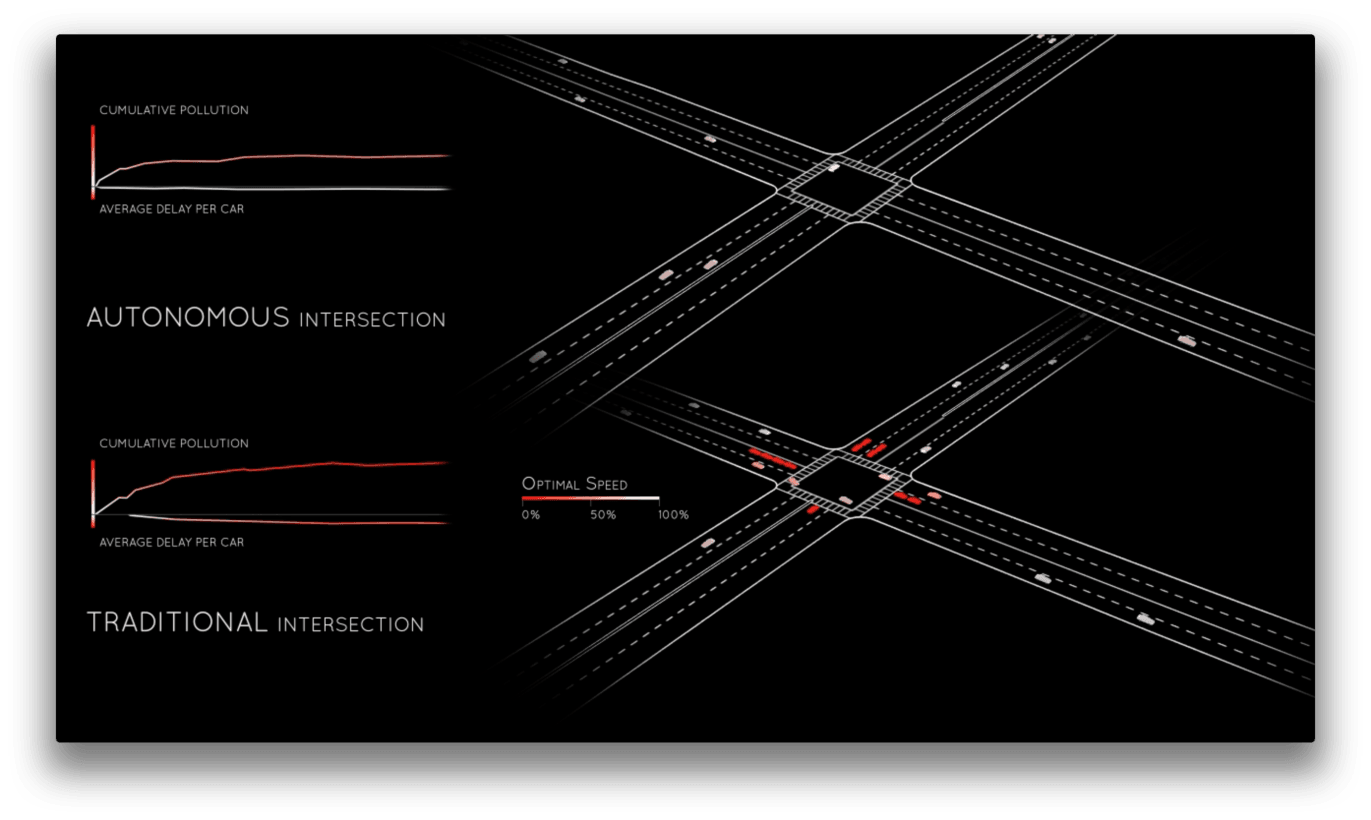
When it comes to self-driving cars, it’s hard to say how safe it will really be to sit back, relax and let the vehicle take over your journey. While autopilot is handy when you’re on the motorway, would you feel comfortable letting your car dictate when to stop and go at an intersection?
Well, that’s what researchers at MIT are looking into. A recent study by the team from MIT’s Senseable City Lab has tested a road network without any traffic lights at all.
Yes, no more squinting to see if it’s red, no more panicking when you don’t spot the lights have changed and the car behind you starts revving – none of it.
The idea is that if and when almost every car on the road is connected, traffic flow will be managed by a network from surrounding buildings that will tell each car when there is a slot for it to move forward. Watching the video from the study makes it look very smooth, as if the cars are performing a synchronised dance.
The so-called Slot-based Intersections are based on mathematical modelling and rely on sensors to keep cars at a safe distance as they move. Of course, for this type of road network to work, all of the cars on the road require some sort of connectivity.
It’s not an entirely crazy idea given that more and more cars are coming online and it could potentially lower the number of accidents caused by human error.
It would also speed up the flow of traffic and help reduce the amount of carbon emissions per car by shortening the time spent on the road by each vehicle and removing the delays at lights and junctions.

While it might seem like a farfetched idea unlikely to surface in our time, it might not be as far away as you’d think. A report by market researchers at Gartner suggests that in just four years, there will be 250 million connected cars on the road. That equates to about one in every five cars being connected in some form.
So even though the technology might not be in place to allow us ditch the traffic lights just yet, it might be yet another task we end up handing over to machines in the not too distant future.
➤ A Unique Installation by MIT Senseable City Lab [MIT via Slash Gear]
Get the TNW newsletter
Get the most important tech news in your inbox each week.




